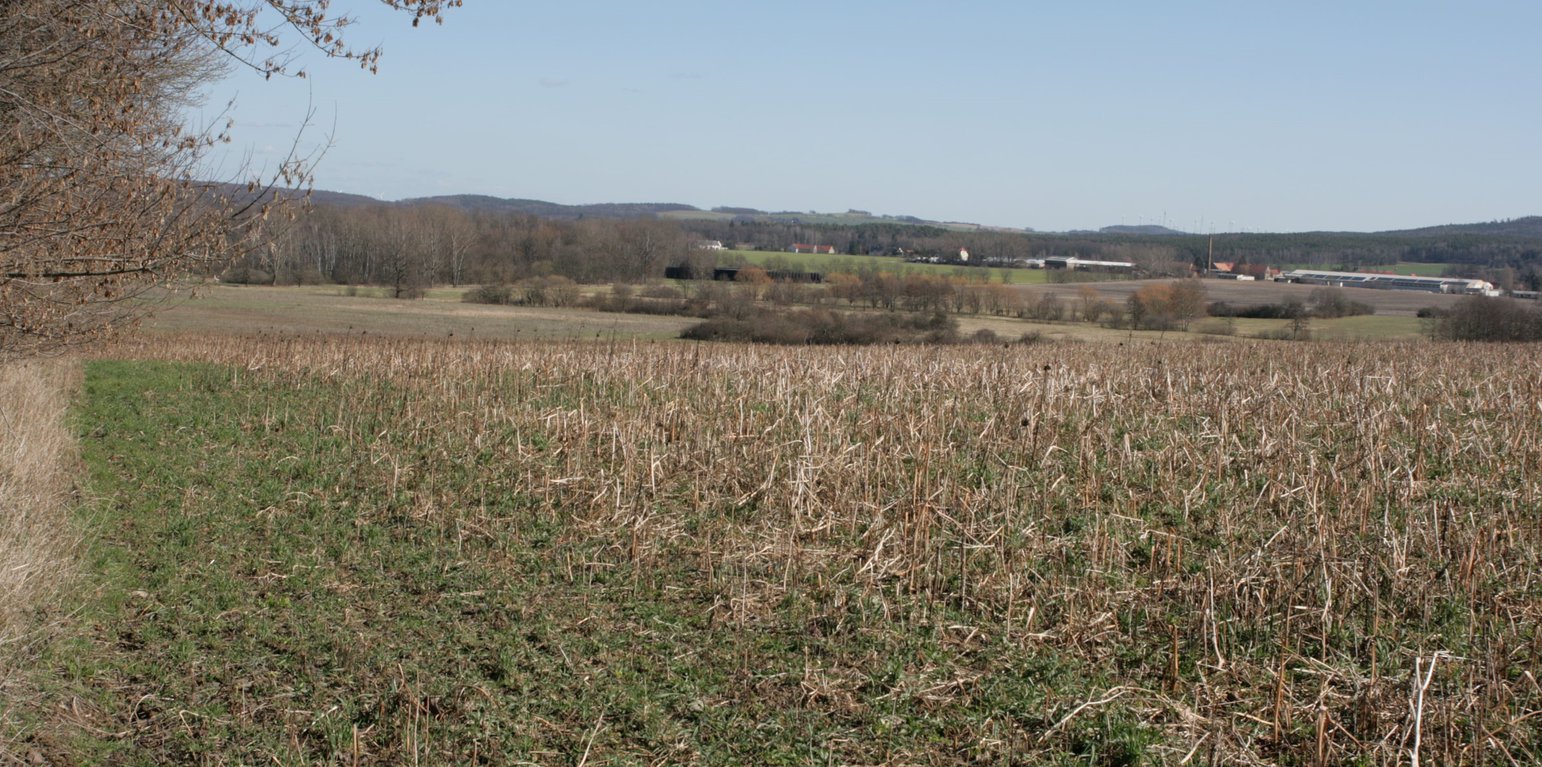



In general, cover crops are divided into summer and winter cover crops. They can be used as fodder or as a biogas substrate. However, when left in the field, cover crops support the formation of humus and serve as a source of nutrients for the following crop. Winter cover crops can be divided into winter-hardy and freeze-killed (freezing) cover crops. Choosing the appropriate cover crop depends on its purpose and its position in the crop rotation. Cover crops from the brassica/cruciferous family should be avoided in rotations with oilseed rape (because of increased risk of pests such as clubroot, Sclerotinia or Verticillium), while buckwheat and phacelia are difficult to control in crop rotations with sugar beet. Crops that are used as main crops in a given crop rotation should not be used as cover crops.
Compared to pure stands, mixed stands have the advantage of higher biomass production, rooting density, biodiversity, weed suppression and nutrient availability for the following main crop. Mixed seeds should include at least five types of plant species, including shallow- and deep-rooted species, varieties of freezing and hardy crops that will last over the winter, mycorrhizal species (e.g. phacelia, sunflower) and ruderal species (e.g. legumes, brassica), as well as high growing and soil shading species. Alternatively, monocrops of yellow mustard or oil radish can be grown. However, in this case, ecological benefits are not as high as with mixed stands (LfULG, 2010).
Where appropriate, winter cover crops should be established through direct sowing or mulch sowing. They should be sown immediately after the main crop is harvested (to make maximum use of the remaining growing season and soil moisture). However, delayed sowing (10-14 days) after harvest and stubble cultivation can be beneficial to permit the suppression of weeds and volunteer grain seedlings. Seeding density should be high enough to ensure weed suppression and sufficient biomass development, but not too high, as seed is the main cost of this technology.
To maximize benefits of cover crops, seedbed preparation for the following main crop should be done as late as possible, to avoid mineralization and leaching of nutrients - ideally in combination with the first tillage, for example with the application and incorporation of farm manure at the end of February.
In this documentation we focus on freezing winter cover crops (a mixture of phacelia, buckwheat and sunflower) sown in August/September before the following spring crop (maize). The cover crop is left in the field as ground cover for the winter. It freezes during this period. In spring, the remaining crop residues are worked into the soil by deep tillage. The farmer in our example doesn’t apply this management practice for short-term economic reasons or to fulfill cross-compliance requirements - but rather for the beneficial impact on soil structure, such as reduced bulk density.
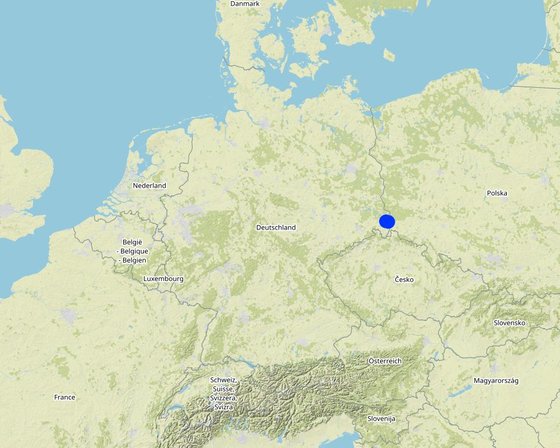
Lieu: Kodersdorf, Saxony, Allemagne
Nbr de sites de la Technologie analysés: 2-10 sites
Diffusion de la Technologie: répartie uniformément sur une zone (approx. 0,1-1 km2)
Dans des zones protégées en permanence ?: Non
Date de mise en oeuvre: 2017; il y a moins de 10 ans (récemment)
Type d'introduction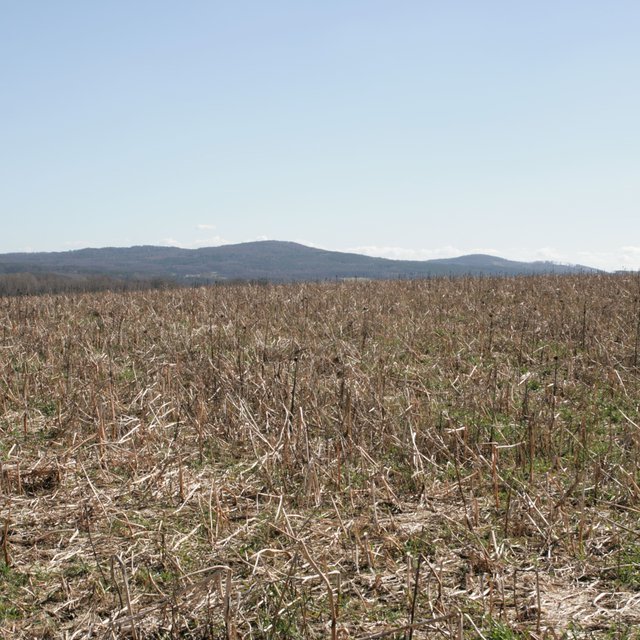
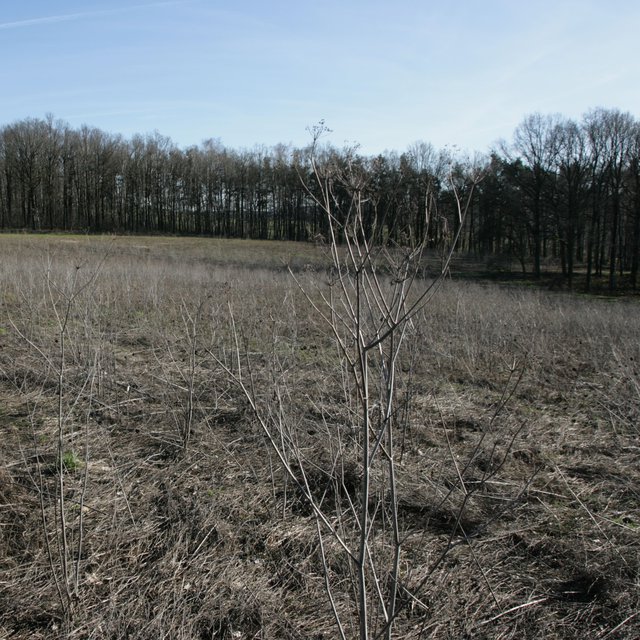








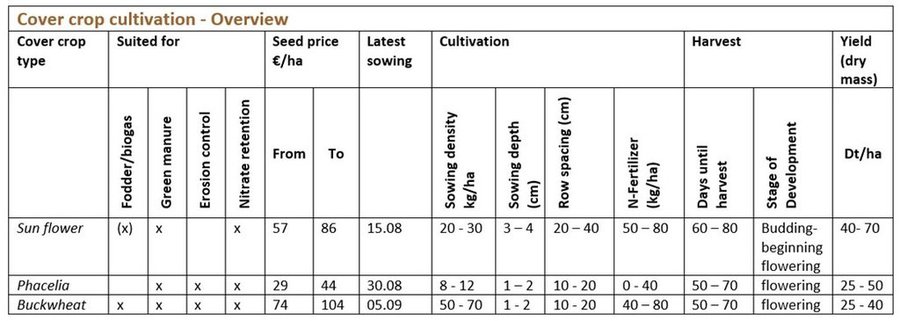
| Spécifiez les intrants | Unité | Quantité | Coûts par unité (€) | Coût total par intrant (€) | % des coût supporté par les exploitants des terres |
| Matériel végétal | |||||
| seeds | ha | 1,0 | 65,4 | 65,4 | |
| Autre | |||||
| sowing costs (incl. labour, machinery, diesel) | ha | 1,0 | 68,4 | 68,4 | |
| Coût total d'entretien de la Technologie | 133.8 | ||||
| Coût total d'entretien de la Technologie en dollars américains (USD) | 147.03 | ||||
reffering to soils in winter
wildlife observed by farmer
natural pest disease-> increased diversity in crop rotation
Due to reduced surface runoff.
Due to improved soil cover.